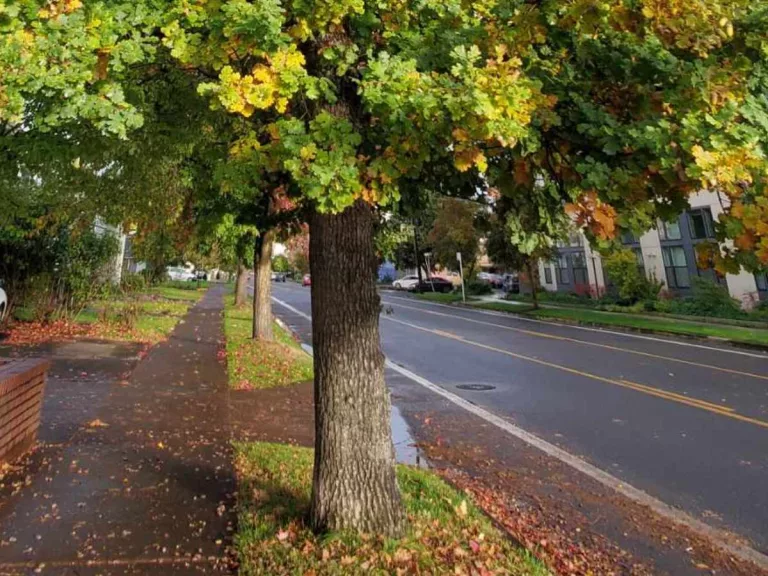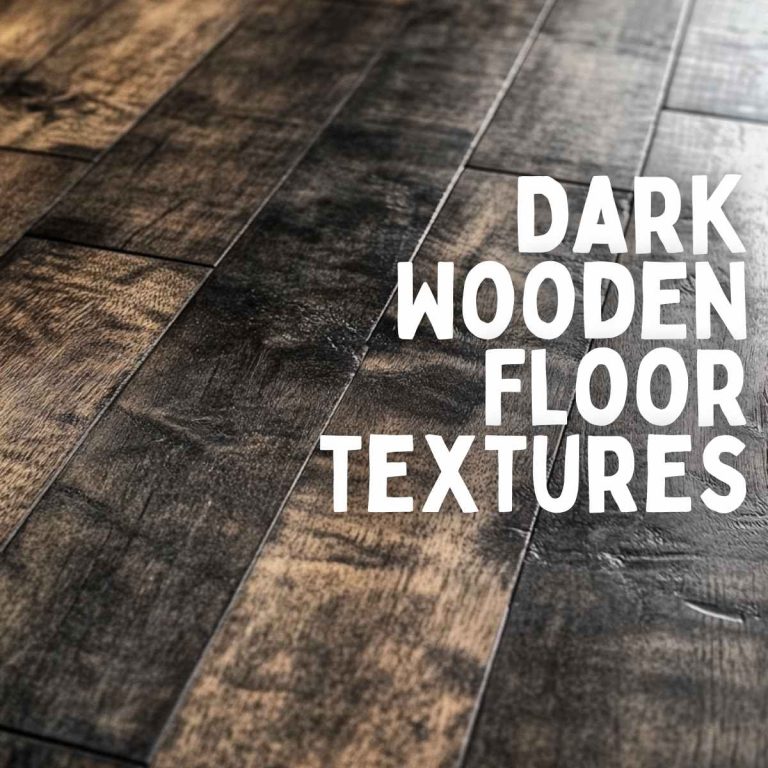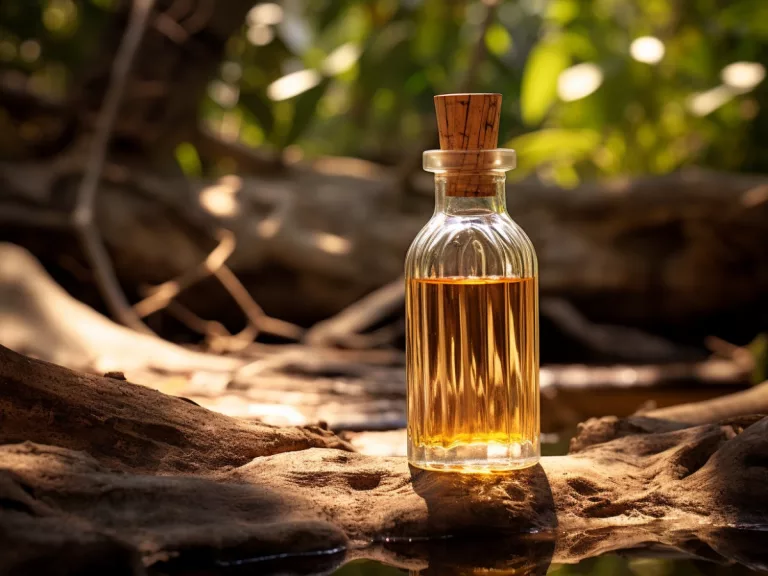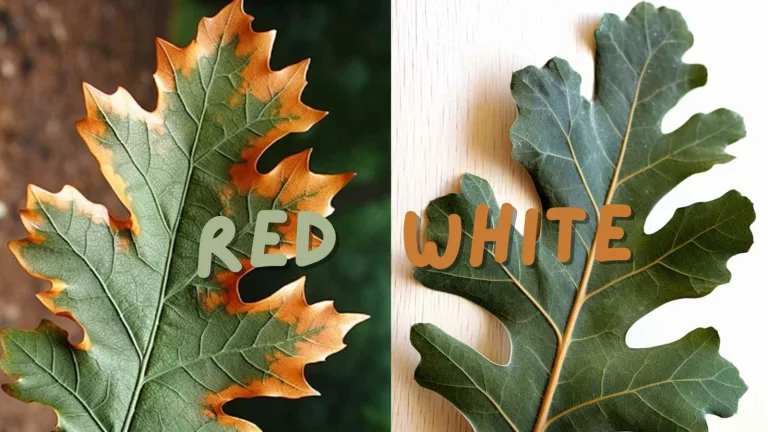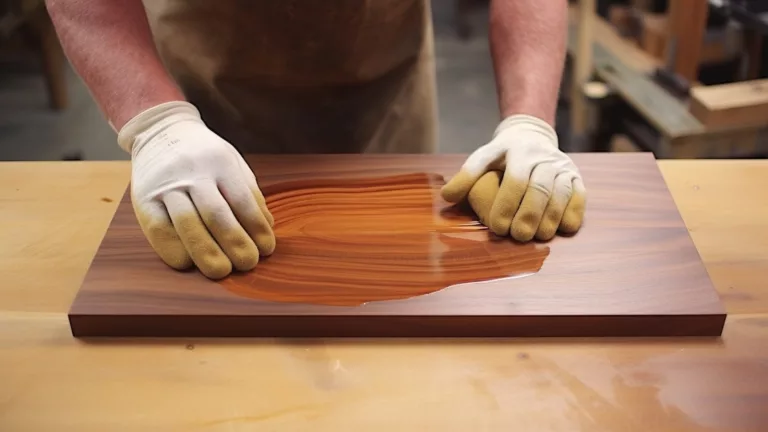Comparing Beech Wood vs Oak: Understanding the Stunning Differences
Picking between beech wood and oak for your next project? It’s like choosing between two great coffee blends – each has its own flavor and kick! Whether you’re a woodworking wizard or just starting out with DIY projects, getting the lowdown on beech wood vs oak can really amp up your game. Let’s jump into what makes each of these woods cool in their own way, and figure out which one will give your project that extra bit of ‘you’.
Let’s Talk About Differences
As a wood enthusiast, I’ve had the pleasure of working with both beech and oak in various projects. Each time, I’m reminded of their unique characteristics. Beech, with its smooth grain and uniform texture, has always been a delight, especially for intricate work like carving and detailed joinery. Its ability to take on stains and finishes evenly makes it a go-to for pieces where aesthetic is key.
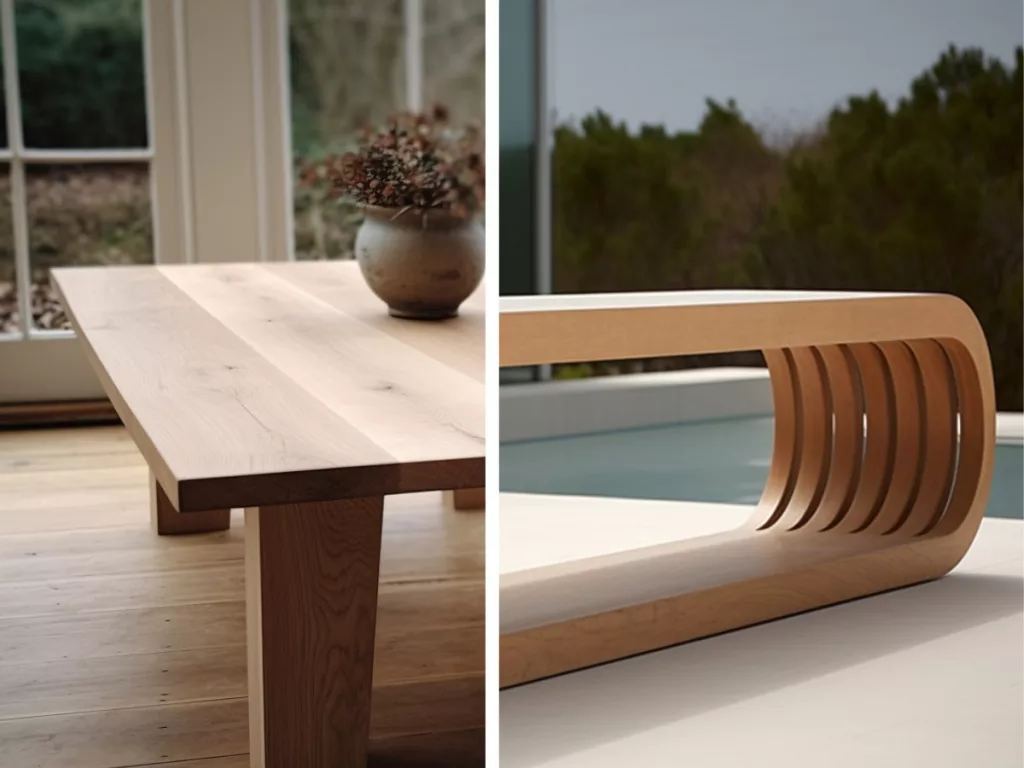
On the other hand, oak brings a robustness and a certain gravitas to projects. Its distinct grain patterns and durability make it ideal for heirloom pieces that are not only functional but also carry a story. Working with oak, particularly for outdoor furniture, has always given me a sense of creating something lasting.
Know Them First
Beech (Fagus spp.):
- Genus Fagus has a limited number of species.
- Well-known species include European beech (Fagus sylvatica) and American beech (Fagus grandifolia).
- The total number of species varies based on botanical classification.
Oak (Quercus spp.):
- Genus Quercus is larger and more diverse.
- Includes species like white oak (Quercus alba), red oak (Quercus rubra), and English oak (Quercus robur).
- High species count indicates adaptability and diversity across climates and regions.
| Aspect | Beech (Fagus spp.) | Oak (Quercus spp.) |
|---|---|---|
| Scientific Name | Fagus | Quercus |
| Number of Species | Approximately 10-13 species. | Over 400 species. |
Botanical Characteristics
| Feature | Beech | Oak |
|---|---|---|
| Leaves | – 4 to 9 cm long, 2.5 to 4 cm broad. – Simple, ovate shape with wavy margin. – Smooth, glossy texture. – Turn copper in fall.  Image source: Arieh Tal | – Varies, generally 7 to 21 cm long. – Can be lobed or not. – Rougher texture. – Color varies from red to brown in fall. 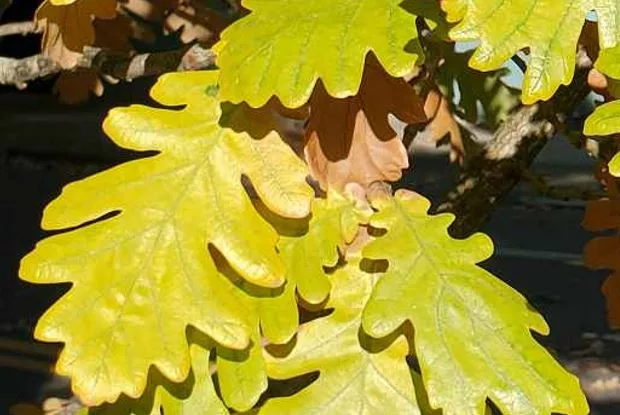 |
| Bark | – Smooth and light grey. – Remains smooth with age.  Image source: Donna Kausen | – Rough, deeply furrowed, and darker. – Texture and color vary among species.  Image source: Arieh Tal |
| Fruit | – Small nuts (beechnuts) in prickly husks. Image source: Arthur Haines | – Acorns in a hard shell and cupule.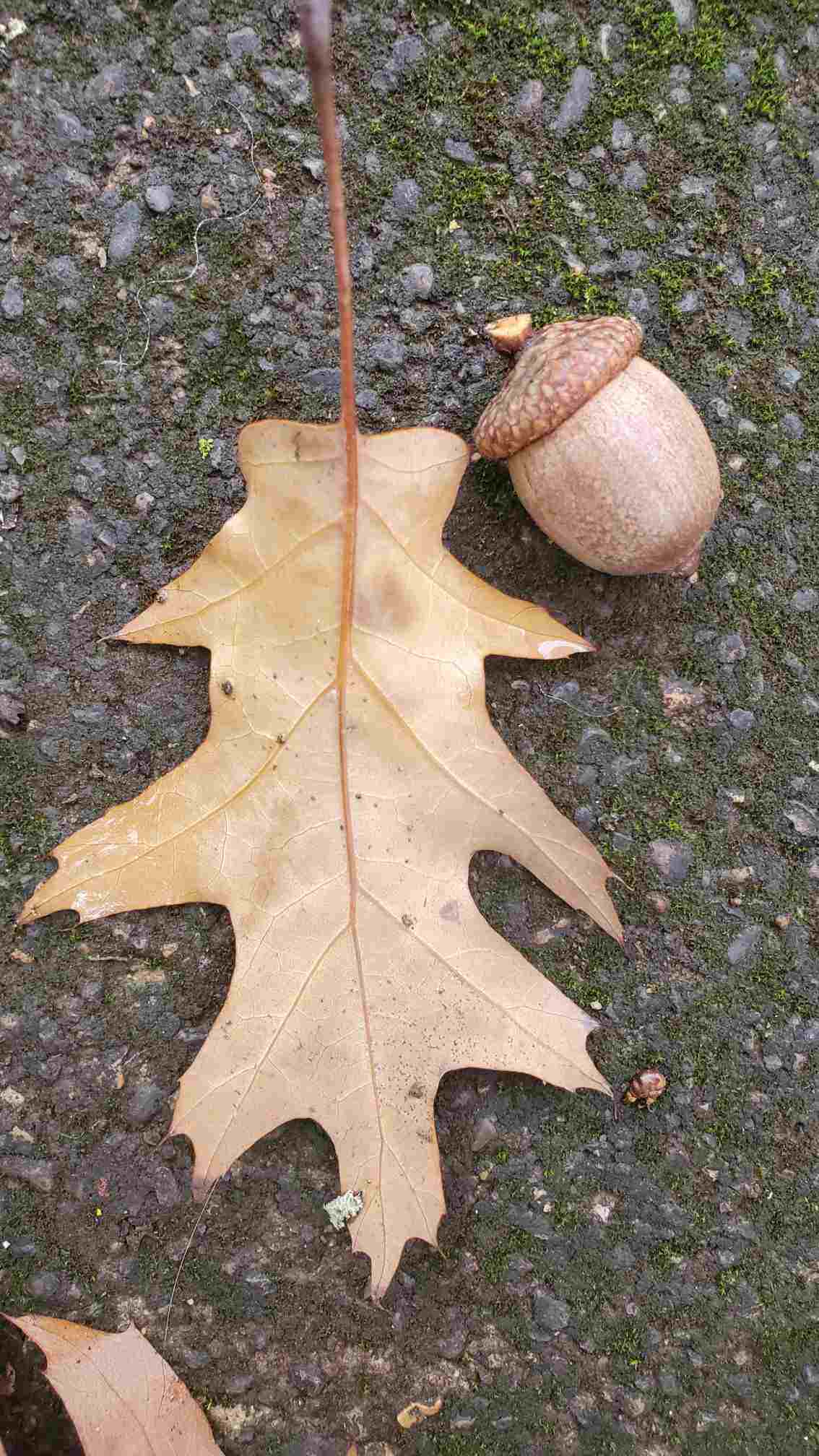 |
| Flowers | – Monoecious, small, inconspicuous. – Male: small, yellowish, drooping clusters. – Female: in pairs on a short stalk. 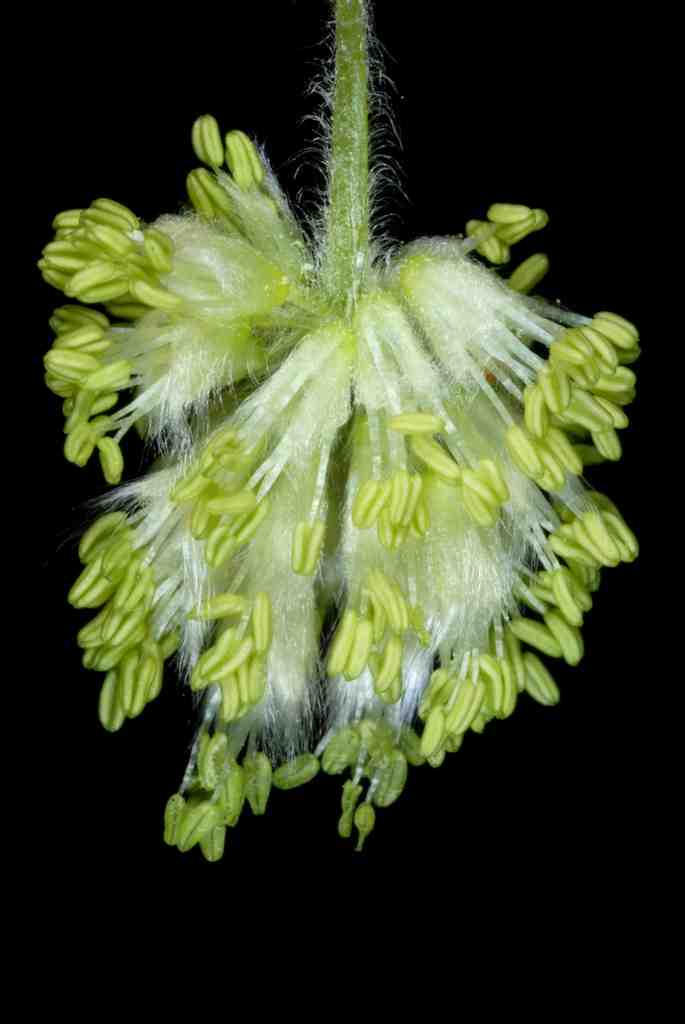 Image source: North Carolina State University | – Monoecious, with yellowish-green catkins. – Male: catkins. Female: less conspicuous. – Female: found at leaf axils.  Image source: Arieh Tal |
| Growth | – Smooth, columnar trunk, broad crown. | – Rugged, irregular trunk, wide-spreading crown. |
Habitat, Growth, Propagation
| Feature | Beech | Oak |
|---|---|---|
| Regions | – Europe (e.g., UK, France, Germany) – Eastern United States, Southeastern Canada – Parts of Asia (e.g., Japan, Korea, China) | – Widespread in North America (e.g., Eastern U.S., Canada) – Europe (e.g., UK, Spain, Germany) – Asia (e.g., China, Japan, Korea) – Parts of North Africa and the Himalayas |
| Habitat | – Moist, well-drained soils, temperate forests. | – Diverse, from wetlands to dry hillsides. |
| Tree Height | – Can grow up to 120 feet.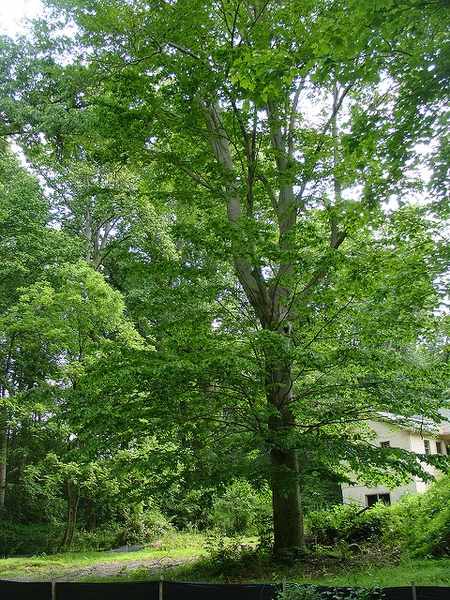 Image source: North Carolina State University | – Can grow taller, up to 150 feet, depending on the species.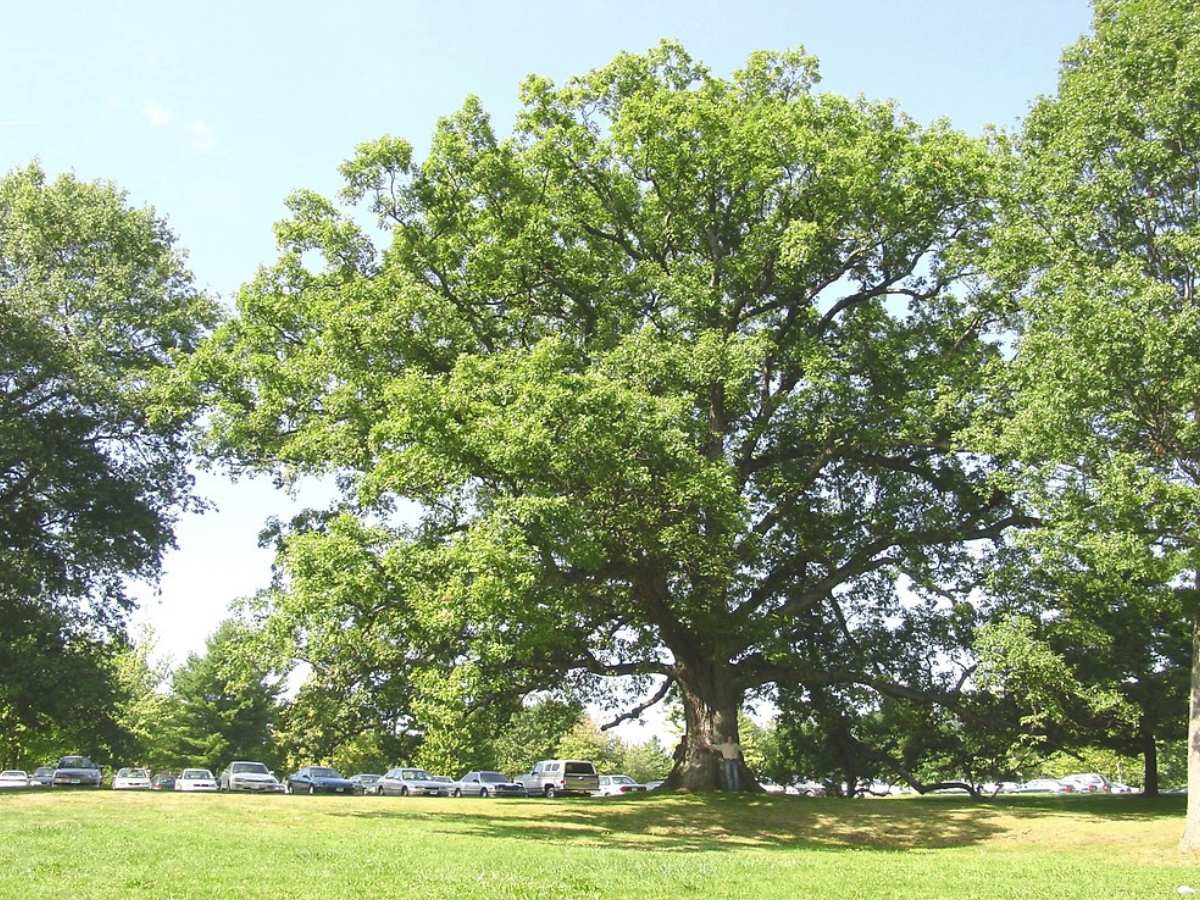 image source: Glenn Dreyer |
| Propagation | – Mainly through seeds (beechnuts). – Can also be propagated by cuttings or layering. – Natural regeneration through seedlings is common in forests. | – Primarily by seeds (acorns). – Can also be propagated vegetatively through cuttings, but less common. – Acorns are large and have a lower dispersal range but can establish quickly. |
Physical Properties
| Feature | Beech Wood | Oak Wood |
|---|---|---|
| Color | Pale cream, sometimes with pink or brown hues. | Ranges from light beige to medium brown. |
| Density | – High density, hard and heavy. | Very high density, even harder and heavier than beech. |
| Grain Structure | Straight grain with a fine, even texture. | Straight or irregular grain with a coarse, uneven texture. |
| Tree Height | Can grow up to 30-40 meters (100-130 feet). | Can grow taller, up to 40-70 meters (130-230 feet), depending on the species. |
| Rot Resistance | – Moderate; susceptible to insect attack and decay if not treated. – Fungal durability increases if it is heat-treated. | High; especially in white oaks, which have tyloses that block vessels and make them more resistant to decay and water. |
| Janka Hardness | Around 1,300 lbf to 1400 lbf | Ranges from about 1,200 lbf (5,340 N) for Red Oak to 1,360 lbf (6,040 N) for White Oak. |
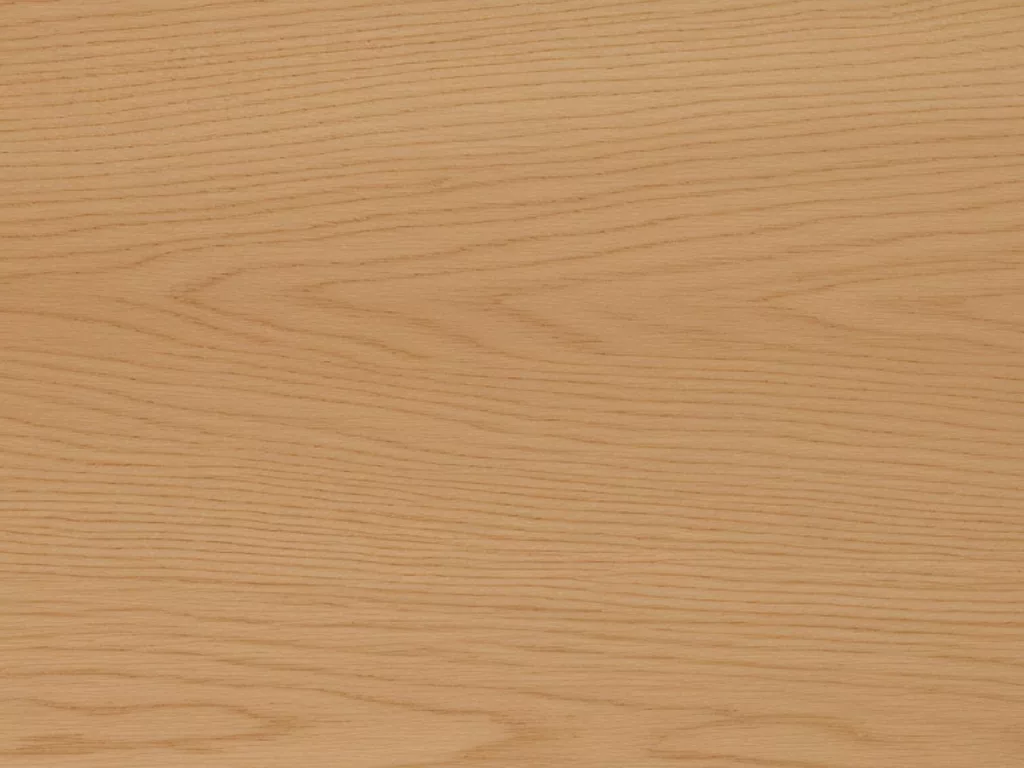
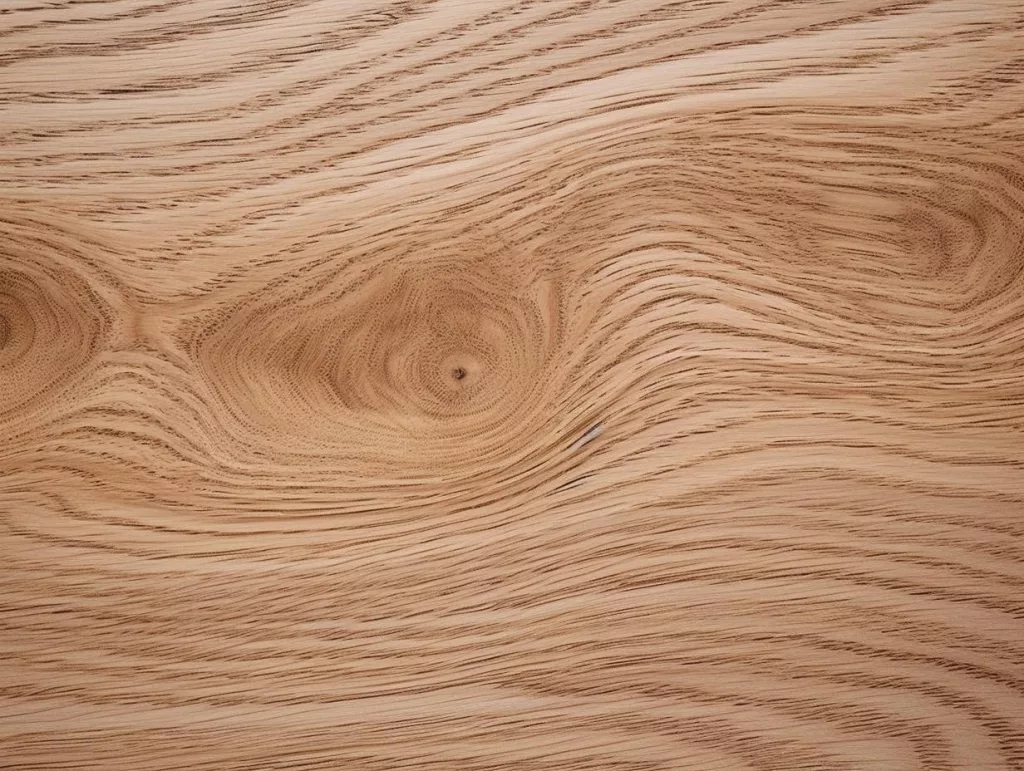
Woodworker’s Perspective
| Feature | Beech | Oak |
| Hardness | Strong wood. Similar to Oak | Known for its strength and hardness. |
| Workability | Machines well, good for turning and steam bending. | Strong and durable, but can be difficult to work due to its density. Good for steam bending. |
| Uses | Furniture, flooring, veneers, wooden toys, kitchen utensils. | Heavy furniture, flooring, timber-frame buildings, shipbuilding, barrels for wine and whiskey. |
| Cost | Generally less expensive than oak. | More expensive, especially for high-quality pieces. |
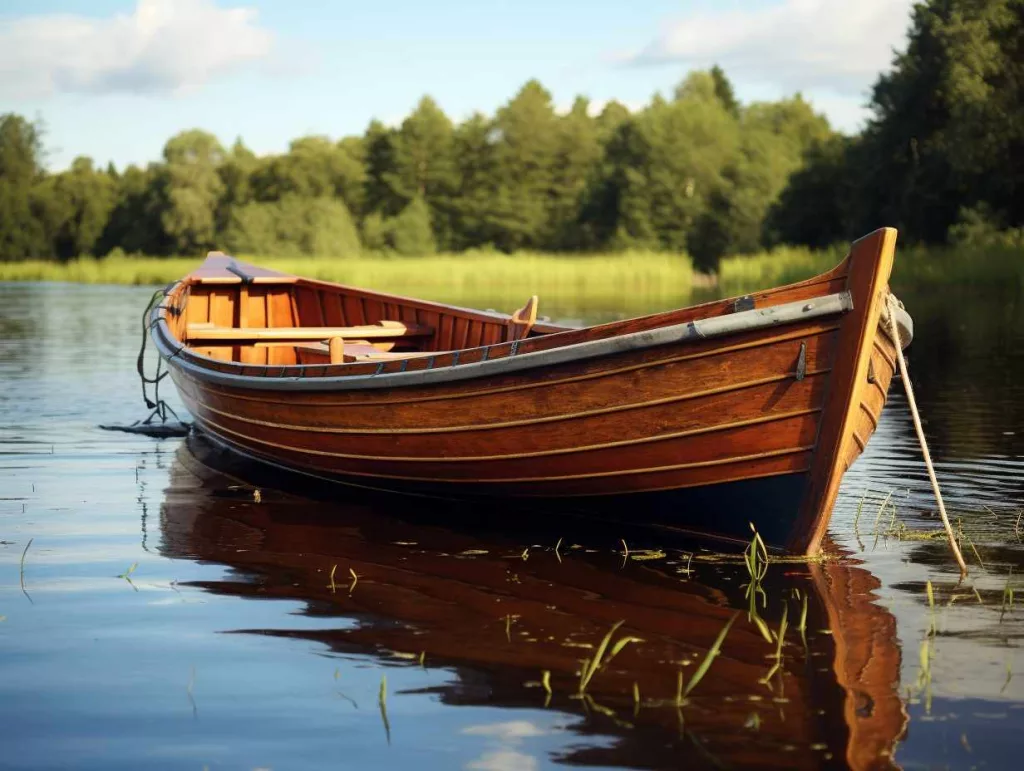
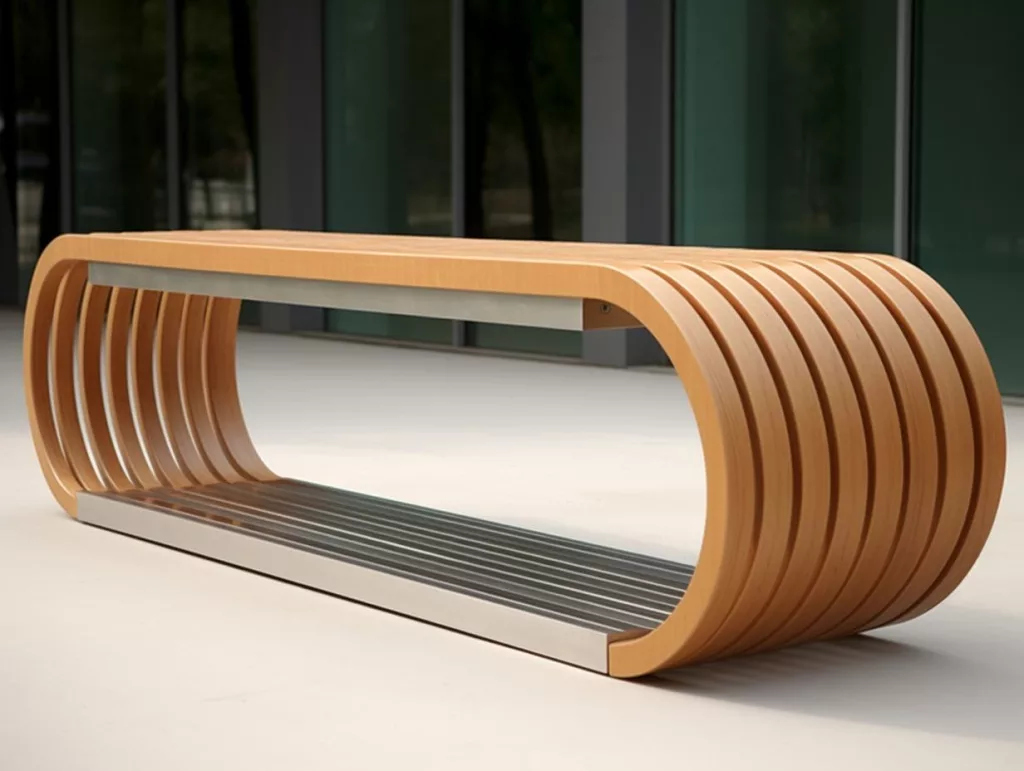
Notes
- Ease of Cutting, Carving, Turning: Both beech and oak have similar hardness levels, making their workability in these aspects quite comparable.
- Sanding and Finishing: While both woods sand and finish well, oak might require more attention due to its grain patterns.
- Gluing, Steam Bending, Nailing/Screwing: Both woods perform similarly in these aspects, suitable for various woodworking applications.
Here you will find the challenges and thrills in working with beech.
Working with oak is highly satisfactory as well, check this!
Allergenicity and Toxicity
| Feature | Beech Wood | Oak Wood |
|---|---|---|
| Allergenicity | Can cause respiratory and skin reactions. | Also allergenic, similar respiratory and skin reactions. |
| Toxicity | Low toxicity; dust can be an irritant. | Contains tannins; dust linked to higher nasal cancer risk. |
Conclusion
In my experience, choosing between beech and oak often comes down to the story you want the wood to tell in your project. Whether it’s the refined elegance of beech or the enduring character of oak, both woods have a way of bringing their own personality to your creations.
Wrapping it up for oak wood vs beech wood, it’s like choosing between two great characters for your woodwork story: beech and oak. They’re pretty similar in toughness, but each has its own vibe – beech is super workable and sleek, while oak brings that tough, timeless look. Just remember to pick the one that vibes with your project and keeps you sneeze-free!
Related Resources
- North Carolina State University
- Characteristics of Oak Wood and Biochemical Aspects of Armagnac Aging
- Oak vs teak
FAQs
Is beech better than oak?
Beech vs Oak: Depends on your project’s specific needs.
Is beech wood high quality?
Yes, it’s high quality and versatile.
Is beech wood good for anything?
Ideal for furniture, flooring, and utensils.
How can you tell a beech from an oak?
Check leaf shape, bark texture, and wood grain.

